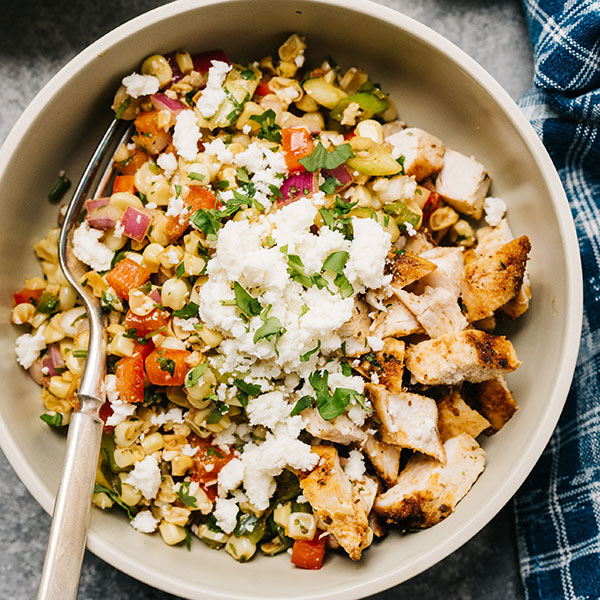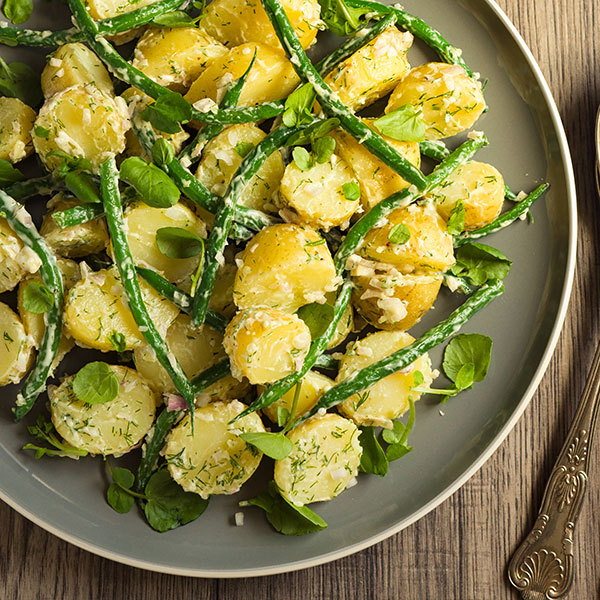sweets in the kitchen
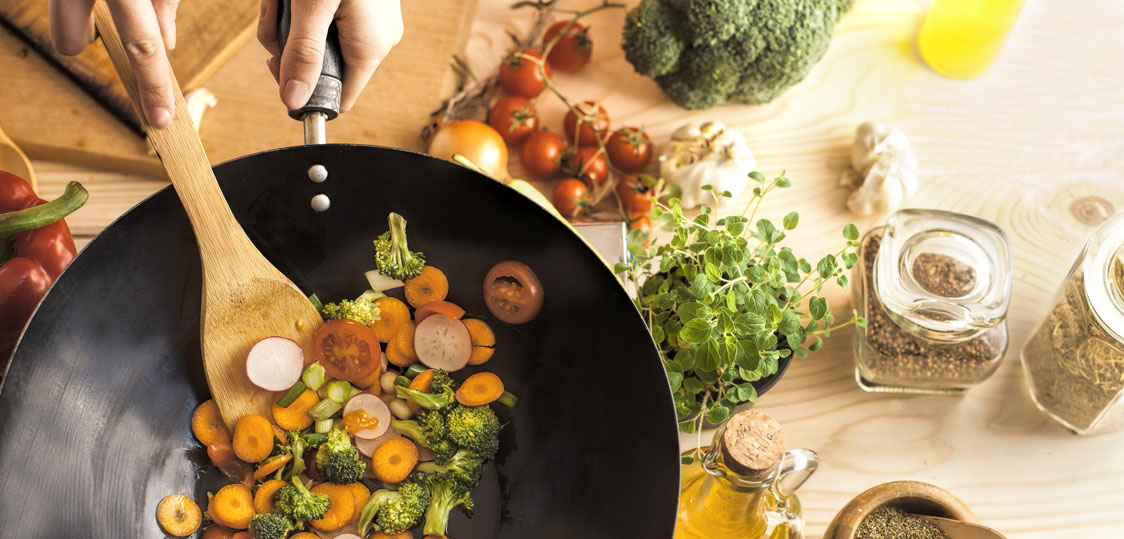
sweet perfection
When properly, stored, cut and prepared, Sweetie Sweet onions offer a subtle taste and texture we’re sure you’ll love. Here are a few tips that will help you extend the shelf life of your onions and get the best results with the most flavor when storing, cutting and cooking sweet onions.
HANDLING: Sweet onions have extra delicate skins. Handle them gently and avoid stacking too many onions together or you may bruise and tear the layers. Do not wash your onions; keep them dry. Gently rub and peel away the flaky outer layer before placing them on a safe surface for cutting.
CUTTING: Different recipes call for different types of onion cuts. Whether your recipe calls for sliced, diced, rings or wedges, sweet onions can be cut the same way as any other onion variety. These pros have shared their various cutting techniques:
Watch “How to Cut Onions Like a Pro” for cutting tips!
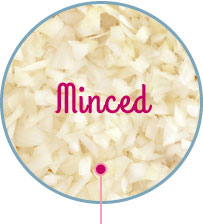 Very finely chopped works great mixed with meat to tenderize, in Indian sauces to thicken without cream or stirred into a salsa.
Very finely chopped works great mixed with meat to tenderize, in Indian sauces to thicken without cream or stirred into a salsa.
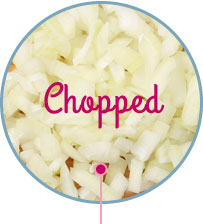 A larger chop than mince, this cut works well in soups, dips, egg dishes and with pasta. The most versatile, all-around cut of onion.
A larger chop than mince, this cut works well in soups, dips, egg dishes and with pasta. The most versatile, all-around cut of onion.
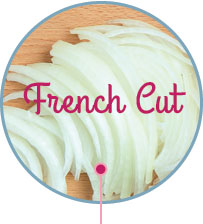 Or “Frenched”, these slivers are good on salads, skewered and grilled or used for pickling.
Or “Frenched”, these slivers are good on salads, skewered and grilled or used for pickling.
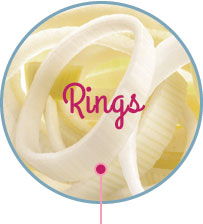 Best used on a sandwich or burger, pizza, or baked or fried into onion rings. Great cut for caramelizing onions.
STORAGE: In general onions should always be stored in a cool, dry, well-ventilated area out of direct sunlight. Sweet onions are particularly delicate and with a bit of extra care you’ll be able to store and enjoy them longer. Here are a few helpful tips:
Best used on a sandwich or burger, pizza, or baked or fried into onion rings. Great cut for caramelizing onions.
STORAGE: In general onions should always be stored in a cool, dry, well-ventilated area out of direct sunlight. Sweet onions are particularly delicate and with a bit of extra care you’ll be able to store and enjoy them longer. Here are a few helpful tips:
If even sweet onions make you cry, try these helpful tips:
When properly, stored, cut and prepared, Sweetie Sweet onions offer a subtle taste and texture we’re sure you’ll love. Here are a few tips that will help you extend the shelf life of your onions and get the best results with the most flavor when storing, cutting and cooking sweet onions.
HANDLING: Sweet onions have extra delicate skins. Handle them gently and avoid stacking too many onions together or you may bruise and tear the layers. Do not wash your onions; keep them dry. Gently rub and peel away the flaky outer layer before placing them on a safe surface for cutting.
CUTTING: Different recipes call for different types of onion cuts. Whether your recipe calls for sliced, diced, rings or wedges, sweet onions can be cut the same way as any other onion variety. These pros have shared their various cutting techniques:
Watch “How to Cut Onions Like a Pro” for cutting tips!




- Do not store onions and potatoes together. Potatoes expel natural gasses that will cause onions to prematurely spoil. Keep onions and potatoes separated.
- Do not store whole onions in the refrigerator. Onions naturally develop a dry outer layer for protection. Dampness from refrigeration, along with the lack of air circulation, will cause onions to spoil more quickly.
- Sweet onions are delicate. Place them where they will not be jostled or moved around. Their high-water content makes them susceptible to nicks and bruising which will cause premature spoilage.
- If you are storing a few pounds of sweet onions at once, and want them out of the way, try placing them in a brown paper bag in a cool, dry spot like a pantry. Paper is more breathable then plastic.
If even sweet onions make you cry, try these helpful tips:
- Use a thin, sharp knife to cut the onion--you’ll release less of the enzymes into the air
- Peel off outer layer and then soak the onion in cold water for 15 minutes
- Cut the root last—it has a higher concentration of enzymes
- Chill or freeze onions for just a few minutes prior to cutting
- Use a small manual or electric food chopper or food processor
- Chop onions in a well-ventilated area
- Wear kitchen goggles to protect your eyes
selecting sweet onions
True sweet onion varieties are only available for a limited time during their season. You may see one variety in your grocery store in the spring and then a different variety, like our Sweetie Sweet, in your store between July and December.
A sweet onion is different than a typical yellow onion in taste, texture and appearance. With a little help, you will be able to tell them apart, even when they are not labeled.
SKIN COLOR: When you look at a Sweetie Sweet, the outer skin is lighter in weight and more transparent than a typical fall-season yellow onion. Rather than being a dark yellow or copper color, Sweetie Sweets have a marbleized light-yellow pattern with a hint of light green.
SHAPE: Onion shape is not an indicator of sweetness. Sweet onions come in several shapes such as flat, oblong and round.
TEXTURE: Sweet onions contain a higher percentage of water which makes them less dense and more delicate than typical yellow onions. At Peri & Sons Farms we hand-harvest Sweetie Sweets with great care and store them in a safe, climate-controlled area to ensure they stay as pristine as possible.
True sweet onion varieties are only available for a limited time during their season. You may see one variety in your grocery store in the spring and then a different variety, like our Sweetie Sweet, in your store between July and December.
A sweet onion is different than a typical yellow onion in taste, texture and appearance. With a little help, you will be able to tell them apart, even when they are not labeled.
SKIN COLOR: When you look at a Sweetie Sweet, the outer skin is lighter in weight and more transparent than a typical fall-season yellow onion. Rather than being a dark yellow or copper color, Sweetie Sweets have a marbleized light-yellow pattern with a hint of light green.
SHAPE: Onion shape is not an indicator of sweetness. Sweet onions come in several shapes such as flat, oblong and round.
TEXTURE: Sweet onions contain a higher percentage of water which makes them less dense and more delicate than typical yellow onions. At Peri & Sons Farms we hand-harvest Sweetie Sweets with great care and store them in a safe, climate-controlled area to ensure they stay as pristine as possible.
We are diligently working to maximize productivity and increase efficiency, by utilizing the best available technology, advanced engineering, and production methods, so in the end we use fewer resources to produce our products.
